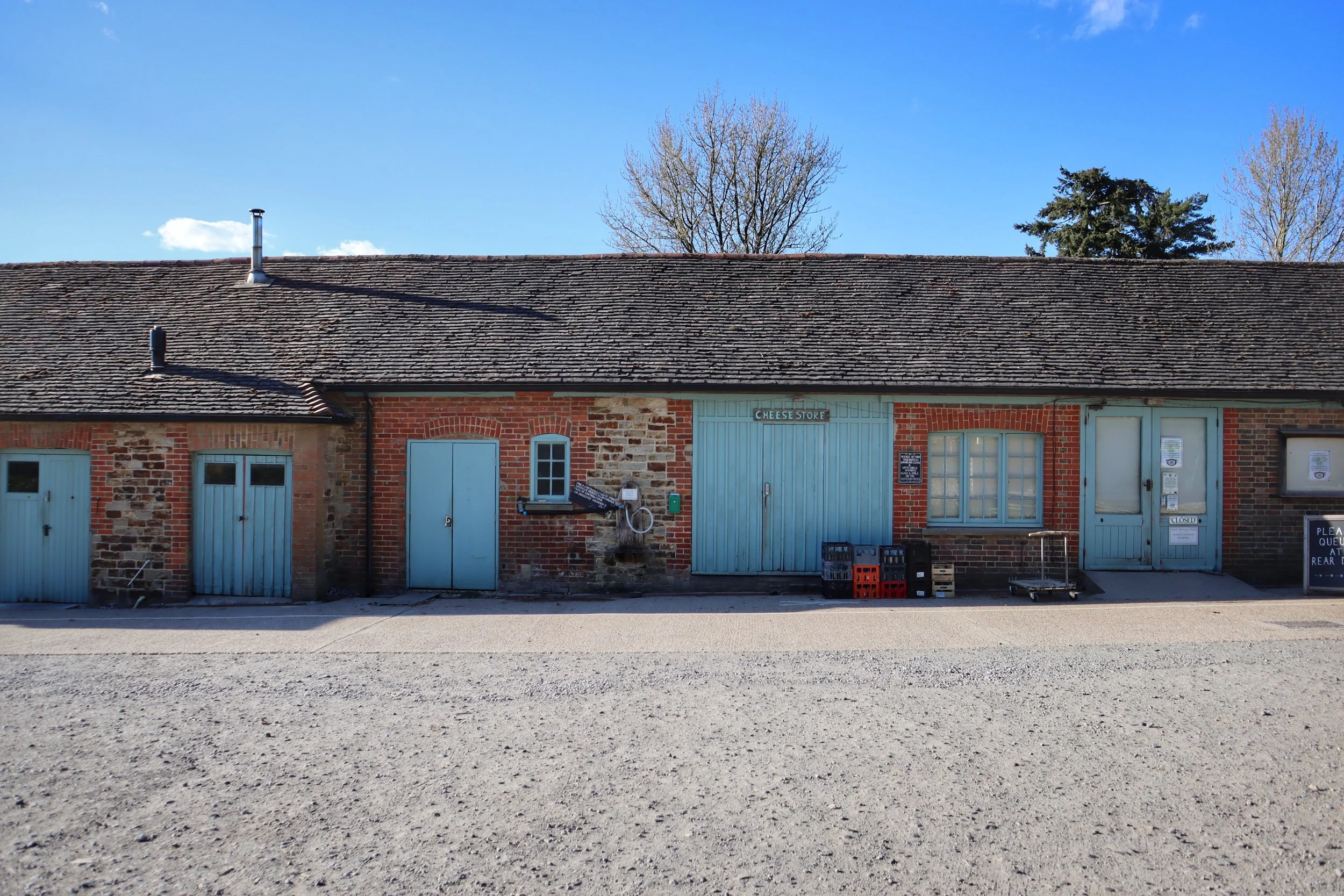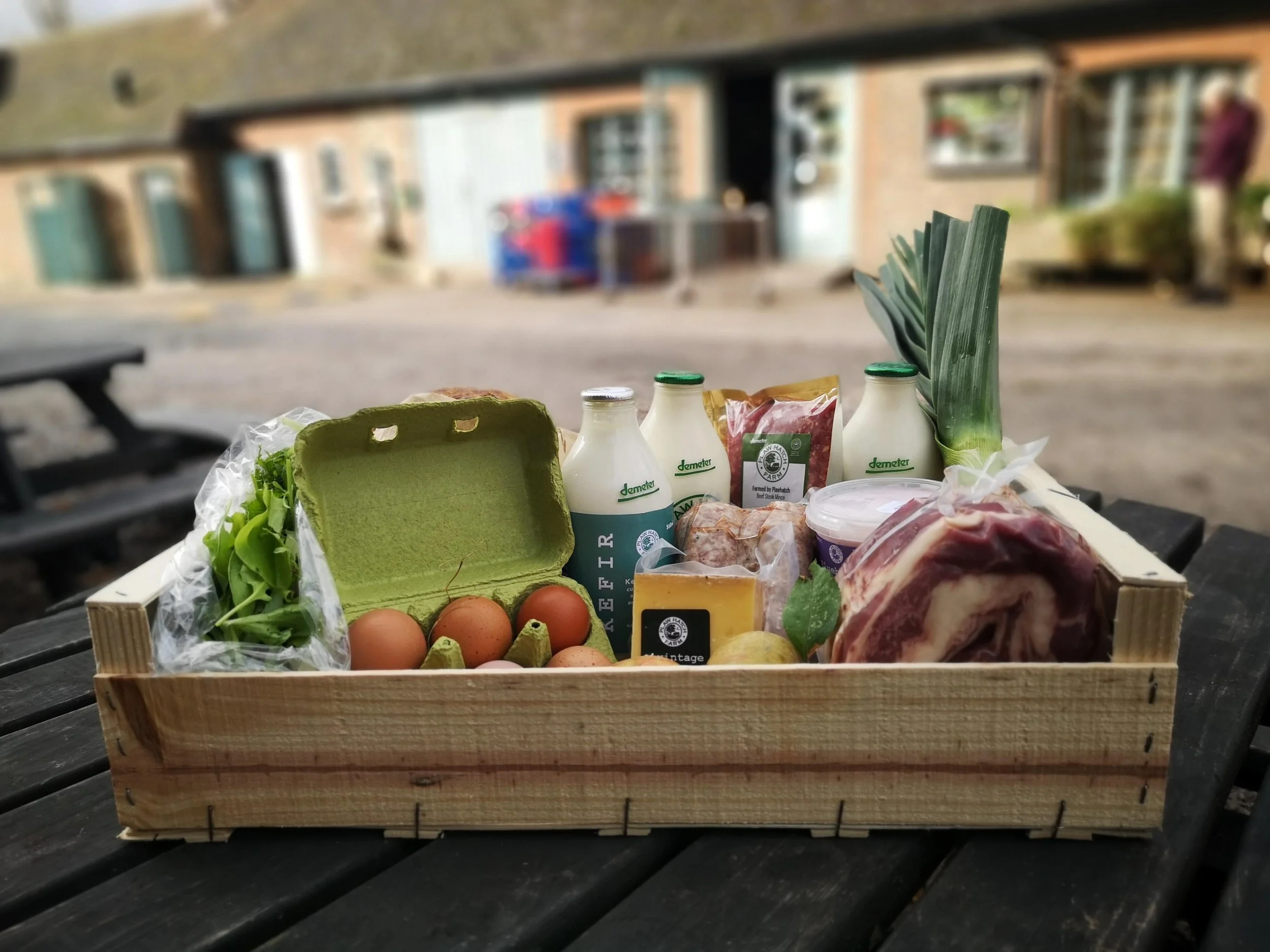February 2021: Shepherd's Report
Gala Bailey-Barker
The first week of February brought exciting news for the Plaw Hatch Flock. Every year, we pregnancy scan our ewes, so we know how many lambs they are expecting. Last year was very disappointing as one of our rams hadn’t worked meaning we had 19 ewes not in lamb. Due to this I was feeling very nervous about this year’s scanning. I needn’t have been concerned however, as all of our 64 ewes are expecting lambs. As you can see in the photo below that means we have a scanning percentage of 170%. That’s 109 lambs due at the end of March! There are always a few losses of course, as is nature’s way, but we do our best to ensure they all make it safely into the world.
48 of these lambs have been fathered by our new rams. They are both mongrels but have Shetland, Icelandic and Poll Dorset in them. They should produce multi coloured lambs. I am so excited to see how they turn out!
With 6 weeks to go to lambing, we have separated our ewes into groups so we can feed them according to their body condition and how many lambs they are expecting. Their lamb (or lambs if they are carrying twins or triplets) do 70% of their growth in the last 6 weeks before being born, so it is a really important time to get the ewes’ food right. If they are overfed in this period of time the unborn lambs can get very large, meaning they need help giving birth. If they are underfed, they can put their own body weight into their growing lambs and it can affect the amount of colostrum and milk they will produce once they have given birth. Getting everything right has a big impact on how our lambing season will unfold!
Our hens are still in their own lockdown due to avian flu. It’s been a practical challenge keeping the nets on our polytunnel hens with high winds and snow last week. We are doing our best to keep the nets on and move the hens on to fresh grass but with so much rain it definitely proving a challenge! The hens love the new grass and when it’s so wet they scratch it up in no time, and as their pens are smaller than normal to accommodate the nets we need to move them more often. I can’t wait for spring to come and the restrictions to lift so we can let our hens that live in fixed houses back on to grass and the polytunnels can go back to having bigger outdoor runs to eat the grass they love and scratch about for bugs.












